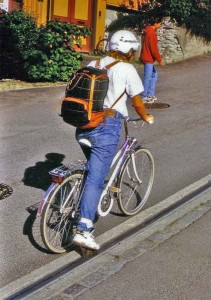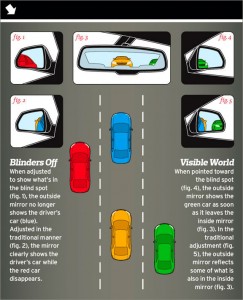A teenaged Girl Scout is calling for a boycott on buying cookies this year upon learning that Girl Scouts of the USA admits transgender boys — i.e., admits anyone who identifies herself as a girl regardless of the child’s anatomical gender.
I expected a vitriolic rant on the evils of minorities here. What you’ll hear instead, while still tragically misguided, is a calm, well-researched position:
Of course, what this actually does is increase immensely my respect for Girl Scouts of the USA. I’ll order extra cookies this year as soon as our local troops start selling (in just ten more days).
Whereas Boy Scouts of America openly and thoughtlessly discriminates against its membership (which it can legally do as a private organization), I’ve learned from this news that Girl Scouts of the USA is more accepting. Girl Scouts of Colorado in particular made headlines when a local troop leader initially denied admission to a transgender boy prompting the state organization to intervene with a reminder that “Girl Scouts is an inclusive organization”. Anyone who identifies herself as a girl (regardless of their physical anatomy) may join.
Girl Scouts are also a bit more tolerant toward religious differences. Although the Girl Scout Promise calls for girls to try “to serve God and my country”, after a lawsuit in 1993 they now allow individuals to substitute other phrasing for “God” if that word does not describe their beliefs. (This establishes those who deviate as exceptions to be tolerated rather than equals, but is still an important positive step.)
Ultimately, why would we want to shelter our children from others who are different? At a young age children are already accustomed to discovering that much about the world is different than they had imagined and they will take those differences in stride. A girl in Kindergarten meeting a transgender boy will almost certainly respond by saying, “Well that’s nice; can we go down the slide again now?” An adult meeting the same individual in the workplace for the first time may react less favorably. Even if you cruelly characterize someone’s beliefs as “abnormal” or “wrong”, whom do you serve by pretending that they do not exist in the world? Certainly not your children.
The teen in this video advocates boycotting cookie sales since more than half of those proceeds go to the council, with only 10% to 15% staying with the local troop. She advocates sending cash donations specifically to local troops — presumably those deemed sufficiently intolerant and bigoted. For the rest of us, this is a great excuse to eat more cookies, since funding the council is funding the same organization that’s willing to intervene when it sees intolerance in local troops.
The website behind the video also provides a form letter to send to Girl Scouts of the USA administration to protest the decision. I’ll be sending a letter of support.



